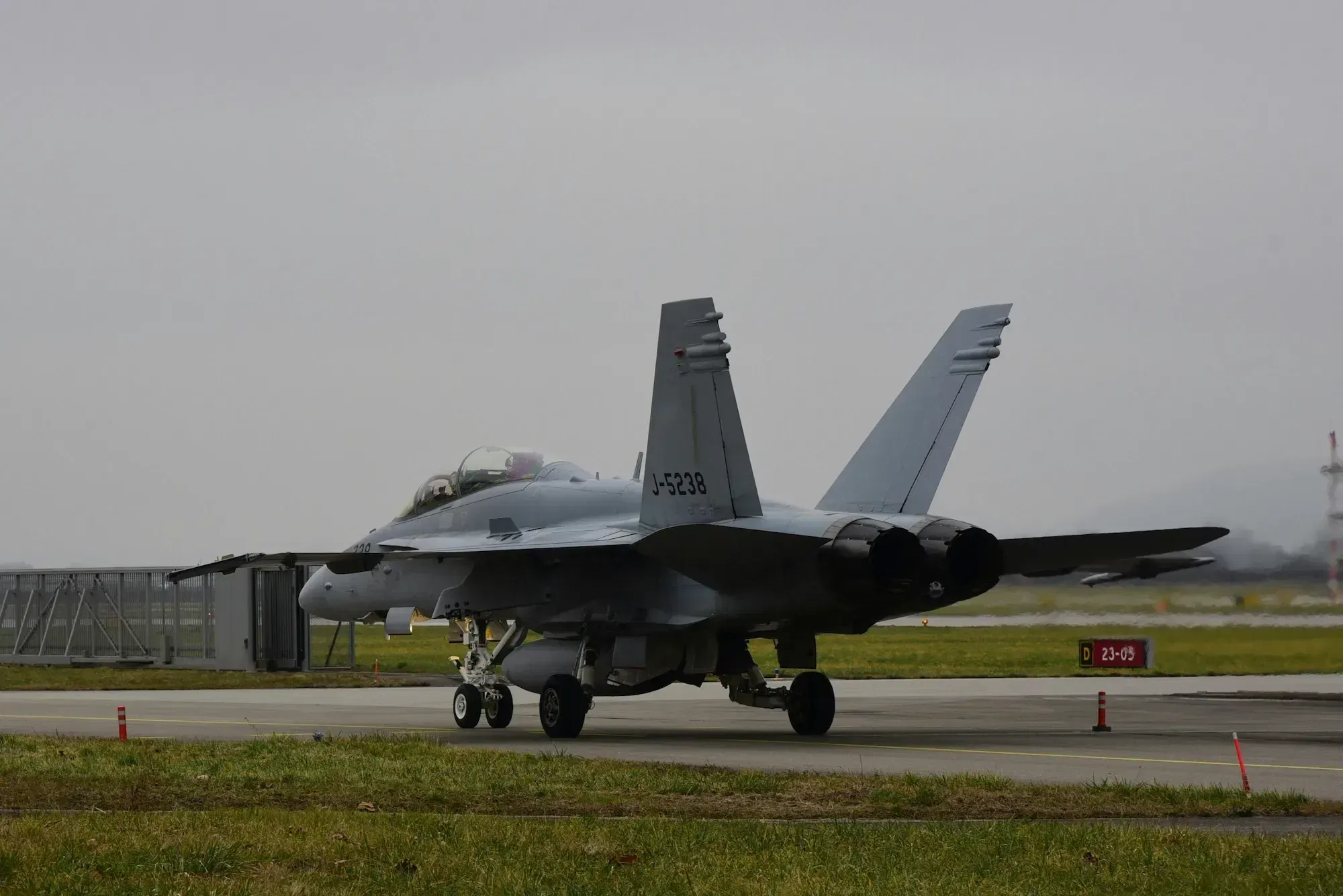
The Basics of Flight Physics: Understanding the Forces That Make Objects Fly
Flying is one of the most fascinating phenomena in nature and engineering. Whether it's birds soaring through the sky or an airplane cruising at 30,000 feet, the principles of flight remain the same. At the heart of flight physics are four fundamental forces that act on any flying object: lift, weight (gravity), thrust, and drag. Understanding how these forces interact is crucial to explaining how objects achieve and sustain flight.
1. The Four Forces of Flight
1- Lift: The Force That Defies Gravity
Lift is the upward force that counteracts gravity and allows an object to rise into the air. It is generated when air moves over the wings of an aircraft or the wings of a bird. The shape of the wing, known as an airfoil, plays a crucial role in producing lift.
- According to Bernoulli's principle, faster-moving air over the top of the wing creates lower pressure, while the slower-moving air beneath the wing creates higher pressure, pushing the wing upward.
- Newton's Third Law (action and reaction) also contributes to lift: as the wing deflects air downward, an equal and opposite reaction pushes the wing upward.

2- Weight (Gravity): The Force That Pulls Down
Weight is the force exerted by gravity pulling the flying object downward. The amount of weight depends on the object's mass. To achieve and maintain flight, lift must be equal to or greater than weight.
Aircraft designers reduce weight by using lightweight materials like aluminum or carbon composites, while birds naturally have hollow bones to keep their weight minimal.
3- Thrust: The Force That Moves Forward
Thrust is the force that propels an object forward. In aircraft, thrust is provided by propellers, jet engines, or rocket engines. Birds generate thrust by flapping their wings, while insects use rapid wing beats to create enough thrust for movement.
- The more powerful the thrust, the faster the aircraft or bird moves through the air.
- Thrust must overcome drag for an object to accelerate.
4- Drag: The Resistance to Motion
Drag is the aerodynamic resistance that opposes an object's motion through the air. It is caused by air molecules colliding with the object’s surface and slowing it down. There are two main types of drag:
- Parasite Drag: Caused by the aircraft's shape and surface (e.g., landing gear, antennas).
- Induced Drag: Created as a byproduct of lift; higher at lower speeds and lower at high speeds.
Aircraft designers reduce drag by streamlining shapes and using smooth surfaces. Birds, on the other hand, have sleek feathers that minimize air resistance.

2. Factors That Affect Lift and Drag
Several factors influence the magnitude of lift and drag in flight. These factors determine how efficiently an object can stay aloft.
Factors That Affect Lift
Lift is determined by the following key factors:
Wing Surface Area:
- Larger wings generate more lift because they interact with a greater volume of air.
- Birds with large wingspans (e.g., albatrosses) glide efficiently, while smaller wings (e.g., sparrows) allow for quick, agile movements.
Airspeed:
- The faster the air moves over the wing, the greater the lift.
- Aircraft must reach a minimum speed (stall speed) before enough lift is generated for takeoff.
Air Density (Altitude):
- Higher altitudes have lower air density, reducing lift. This is why aircraft need longer runways for takeoff at high altitudes.
- In low-density air, planes must either fly faster or have larger wings to generate sufficient lift.
Angle of Attack (AoA):
- The angle at which the wing meets the oncoming airflow affects lift.
- A higher angle of attack increases lift up to a critical point (stall angle), beyond which airflow separates from the wing, causing a loss of lift.
Shape of the Airfoil (Camber):
- A highly curved (cambered) airfoil generates more lift at lower speeds.
- Modern aircraft use adjustable flaps to change wing camber and optimize lift during takeoff and landing.

The angle of attack (6 degrees in above illustration)

The effect of air speed on Lift force

The effect of Angle of Attack on Lift and Drag:
- Blue Line (Lift): Lift increases with angle of attack until reaching the stall angle (~16°). After this point, lift drops sharply due to flow separation.
- Red Line (Drag): Drag steadily increases, but after the stall angle, it rises more steeply as turbulence and resistance increase.
- Dashed Black Line (Stall Angle): Indicates the critical angle where lift begins to decrease sharply, leading to a stall.
Factors That Affect Drag
Drag depends on various aerodynamic properties:
Surface Area and Shape:
- A larger surface area increases drag.
- Streamlined, smooth surfaces (like modern aircraft fuselages) reduce drag, while rough or protruding elements increase it.
Airspeed:
- Drag increases with speed.
- At high speeds, wave drag (shock waves) can occur, especially near the speed of sound.
Air Density:
- Denser air increases drag, making flight at lower altitudes require more thrust.
- This is why high-altitude flight is more fuel-efficient for jetliners.
Reynolds Number (Viscosity Effects):
- This dimensionless number describes how air moves around an object.
- Lower Reynolds numbers indicate laminar (smooth) flow, reducing drag, while higher values mean turbulent (chaotic) airflow, increasing drag.
Wingtip Vortices (Induced Drag):
- When air spills over from the bottom to the top of a wing at the wingtips, it creates swirling air known as wingtip vortices.
- Modern aircraft use winglets to reduce this type of drag.

Wingtip Vortex from a duster

Wingtip Vortex as illustrated
3. Achieving Stable Flight
For an object to fly efficiently, it must balance these four forces:
- Steady level flight happens when lift equals weight, and thrust equals drag.
- Climbing occurs when lift exceeds weight.
- Descending happens when weight overcomes lift.
- Acceleration occurs when thrust is greater than drag.
- Deceleration happens when drag is greater than thrust.
4. The Role of Control Surfaces
In aircraft, pilots use control surfaces to manipulate the forces of flight:
- Ailerons (on the wings) control roll (tilting left or right).
- Elevators (on the tail) control pitch (nose up or down).
- Rudder (on the vertical tail) controls yaw (side-to-side movement).
Birds adjust their wing shape and tail feathers dynamically to perform similar maneuvers.

5. The Physics of Flight in Different Aircraft
Different flying objects rely on these principles but use them in unique ways:
- Airplanes rely on fixed wings and engines for lift and thrust.
- Helicopters use rotating blades to generate lift and directional control.
- Gliders rely solely on lift and natural forces like thermals to stay aloft.
- Rockets defy gravity with pure thrust, as they operate in space without lift.
Conclusion
Understanding the four forces of flight—lift, weight, thrust, and drag—provides insight into how birds, airplanes, and even rockets achieve motion in the air. However, factors like wing size, airspeed, air density, and shape significantly affect how efficiently these forces interact.
By optimizing these factors, engineers design better aircraft, and nature has evolved birds with specialized wing structures for different flight needs. Whether you're a hobbyist building model aircraft, a student exploring aerodynamics, or an aviation enthusiast, these fundamental principles form the foundation of all flying machines.





